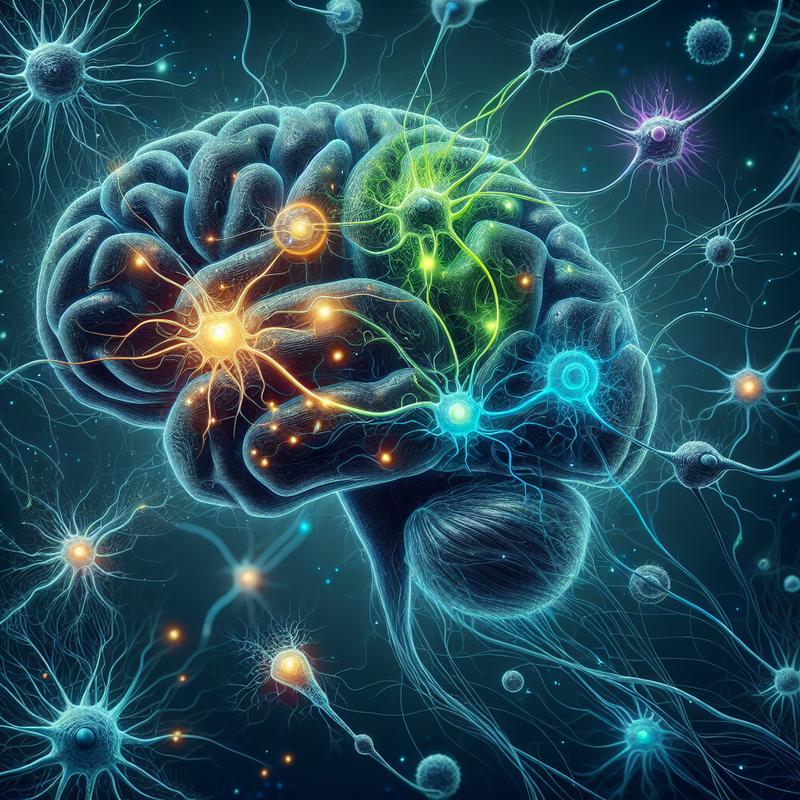A recent investigation conducted by the team at the Sainsbury Wellcome Centre (SWC) at UCL
has shed light on a revolutionary learning process within the brain, defying established beliefs regarding habit development and offering new insights for the treatment of various behavioral disorders.
Published in the esteemed scientific journal Nature, the research exposes two distinct learning pathways that facilitate learning by experimentation and making mistakes. Dr. Marcus Stephenson-Jones, who spearheads the research group at SWC and is the principal investigator of the study, highlighted the importance of this finding, expressing that they have identified a mechanism which appears to drive habit formation.
Discovery of a Secondary Dopamine Signal: Calculating the Action Prediction Error
The brain’s well-characterized dopamine signal is recognized for monitoring reward prediction errors (RPE), evaluating outcomes against expectations. Pioneering within the field, the SWC researchers have pinpointed an additional dopamine-based signal which they’ve termed the action prediction error (APE). This signal gauges the repetitive nature of an action. Together with RPE, APE equips living beings with two learning strategies: opting for the action with the highest reward or choosing the action that is more commonly selected.
Dr. Stephenson-Jones uses a comprehensible scenario to depict how influential APE is: if you regularly visit the same sandwich shop, eventually you begin to automatically choose your preferred sandwich. According to Dr. Stephenson-Jones, it’s the APE dopamine signal that stores this ‘go-to’ choice in your brain.
To arrive at these conclusions, the SWC researchers conducted experiments involving mice in an auditory discrimination task, while monitoring dopamine activity in the brain’s tail of the striatum—a region tied to movement rather than reward—using a sophisticated dopamine sensor. Verifying their hypothesis, they found that unlike mice with a damaged striatal tail, unimpaired mice could utilize both RPE and APE learning processes to master a task quickly once they developed a default choice.
Utilizing computational models to uncover the collaborative learning of RPE and APE, and conducting trials where APE was suppressed in mice who had mastered the task—resulting in a serious decline in performance—the research claims profound implications. Dr. Stephenson-Jones sees this discovery as a scientific foundation for devising strategies to alter entrenched habits.
Moreover, the study paves the way for novel strategic interventions for Parkinson’s disease. Since patients frequently experience issues with habitual actions, which could be linked to the deterioration of APE-signaling dopamine neurons, these discoveries provide a fresh perspective in understanding and approaching Parkinson’s disease. Dr. Stephenson-Jones encapsulates the study’s broad impact, implying a fresh investigative direction and a new conceptual framework concerning this neurodegenerative disease.
This research has been made possible by a suite of grants, including an EMBO Long-Term Fellowship, a Swedish Research Council International Postdoc Grant, major grants from organizations like the Gatsby Charitable Foundation and Wellcome Trust, an ERC Starting Grant, among others..
















